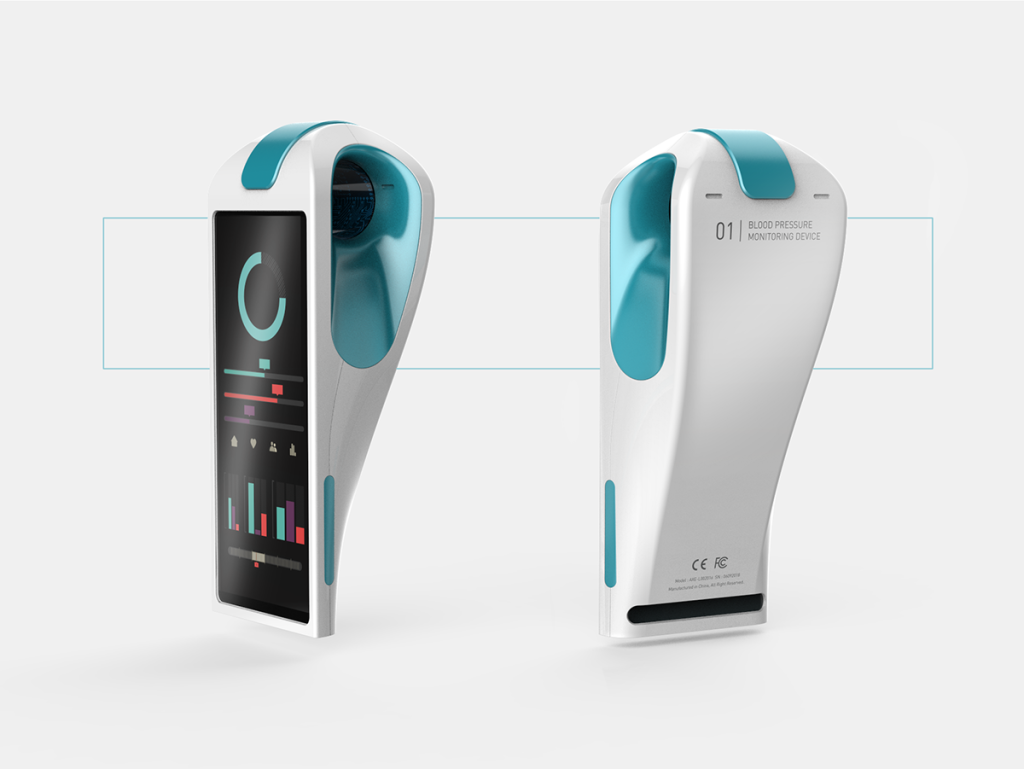Medical system design is a multifaceted procedure that involves the development of modern tools and systems to analyze, check, and address medical conditions. It encompasses a wide range of disciplines, including design, biomedical research, human factors, and regulatory affairs. At its key, medical system style seeks to improve individual outcomes, improve healthcare supply, and advance medical knowledge.
The procedure of medical system design usually begins with identifying unmet medical wants and possibilities for innovation. This may require completing industry research, consulting healthcare professionals, and getting feedback from individuals to understand the issues and needs of the prospective population. By increasing insights into user wants and choices, designers can develop options that handle real-world healthcare challenges.
When the style objectives are established, the next phase is concept development and prototyping. Developers use a variety of instruments and methods, such as for instance CAD pc software and 3D making, to produce prototypes and iterate on design concepts. Prototyping allows developers to try the functionality, functionality, and protection of the device in a controlled atmosphere, enabling them to improve the look and handle any issues that arise.
Human facets and ergonomics enjoy an essential position in medical device style, as devices must certanly be user-friendly and user-friendly for healthcare professionals and individuals alike. Developers contemplate facets such as for instance system measurement, shape, and software style to enhance simplicity and minimize the risk of problems or misuse. Functionality screening and user feedback are important parts of the look process, ensuring that devices meet the requirements of end-users and could be effectively integrated into medical workflows.
Through the design process, manufacturers should also steer regulatory requirements and requirements to make certain compliance with relevant regulations and regulations. This may include conducting risk assessments, saving style controls, and preparing regulatory submissions for agreement from regulatory agencies like the FDA or CE Tagging for the American market. Conformity with regulatory demands is essential to guarantee the security and usefulness of medical devices and facilitate industry access.
In addition to meeting regulatory requirements, medical product manufacturers must consider facets such as for example cost-effectiveness, scalability, and manufacturability. Design decisions must stability the competing requirements of performance, price, and manufacturability to create products which are both progressive and commercially viable. Effort with production partners early in the design process will help improve manufacturing and improve the production process.
The field of medical system style is consistently growing, pushed by innovations in engineering, changes in healthcare supply, and changes in individual needs and preferences. Emerging tendencies in medical system design range from the integration of artificial intelligence, the usage of wearable and implantable systems, and the growth of distant tracking and engineering design consultancy solutions. These inventions have the possible to revolutionize healthcare supply and improve individual outcomes across a wide selection of medical specialties.
In conclusion, medical unit style is a complex and dynamic subject that requires a multidisciplinary strategy and a strong knowledge of healthcare issues and opportunities. By leveraging engineering, individual factors, and regulatory knowledge, medical unit developers can produce revolutionary answers that have the possible to transform patient treatment and improve medical science.

